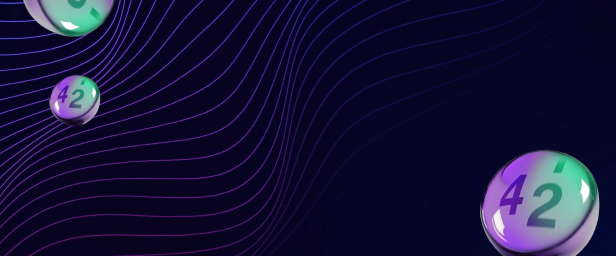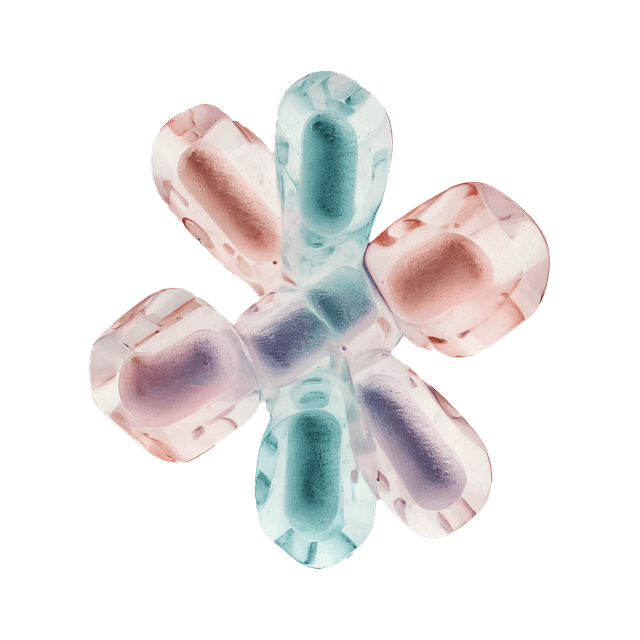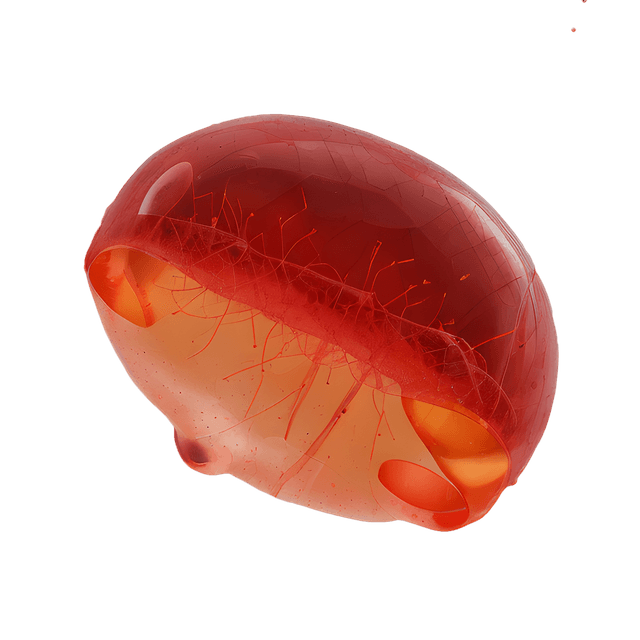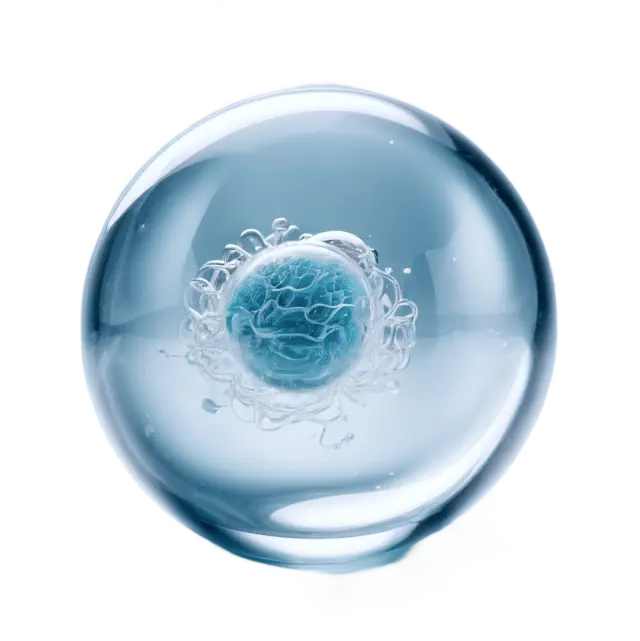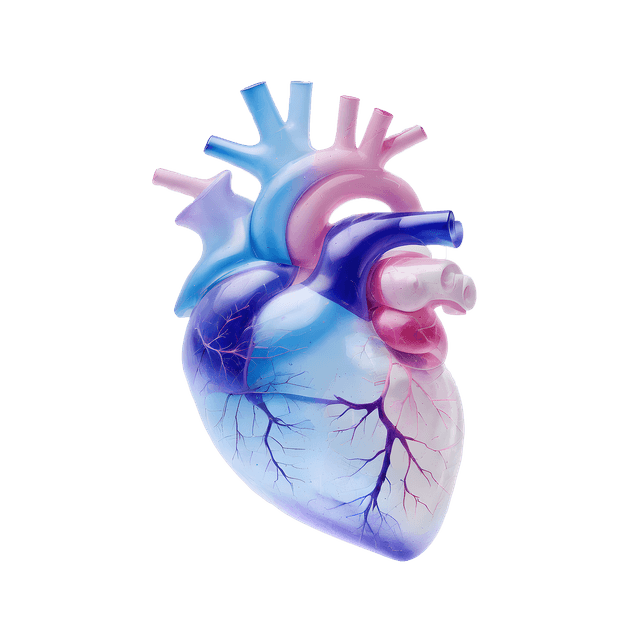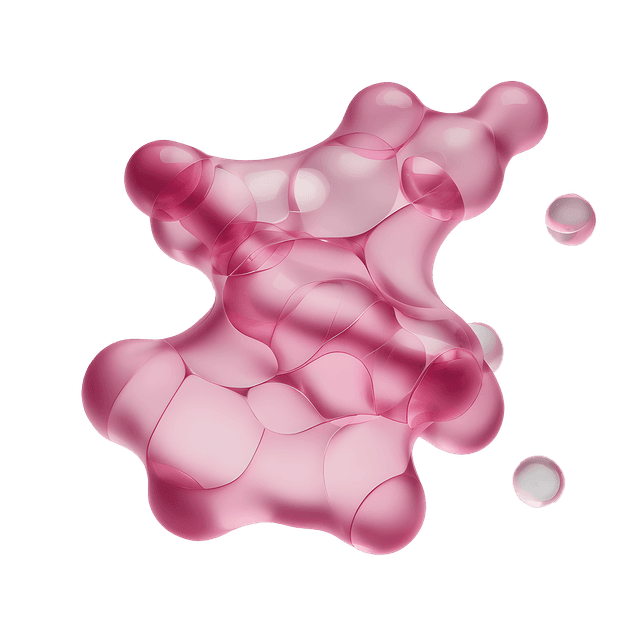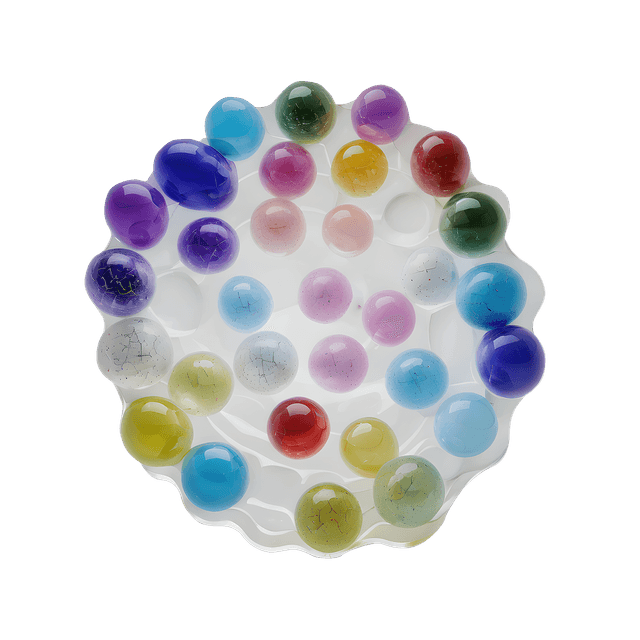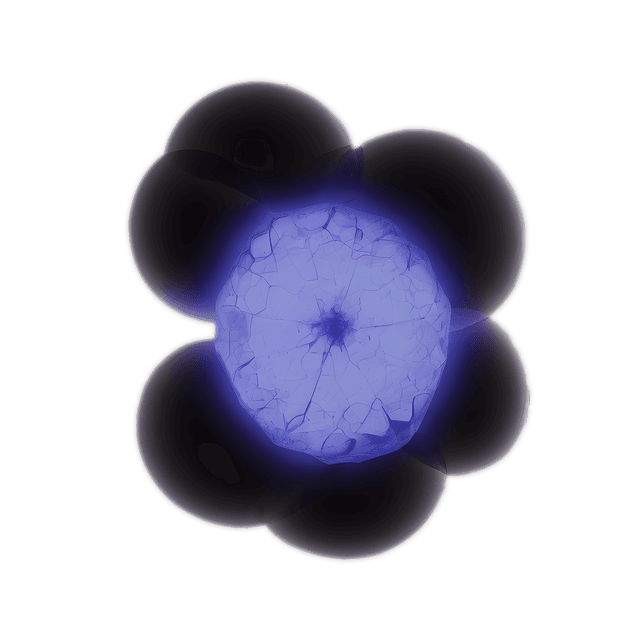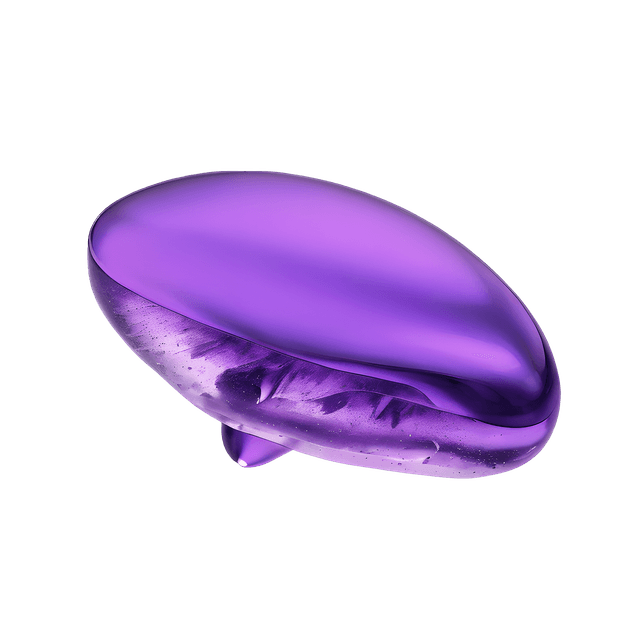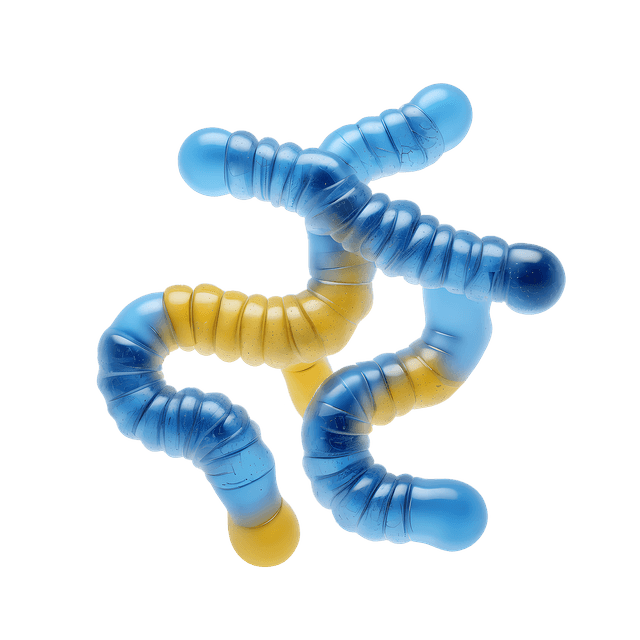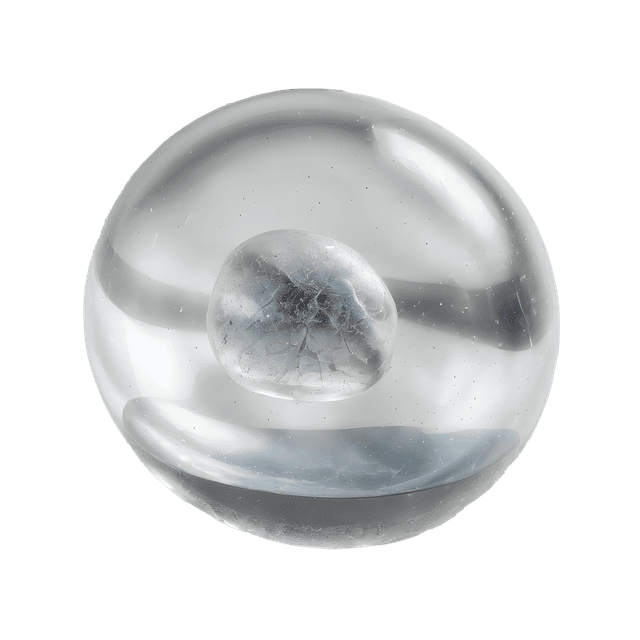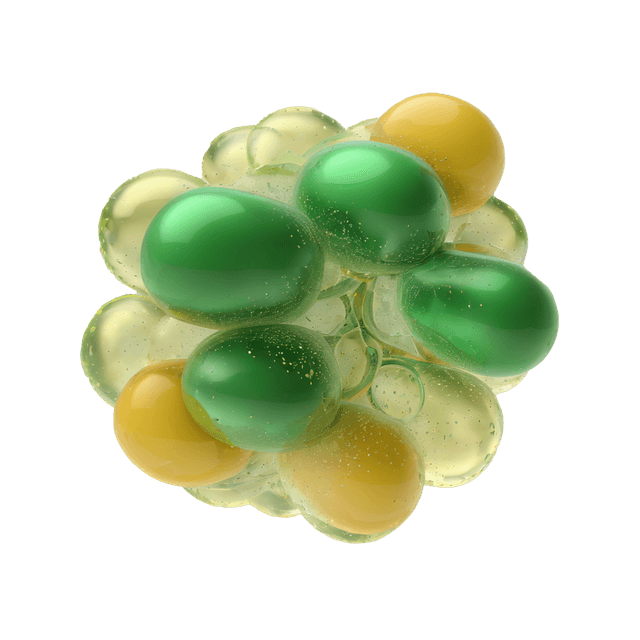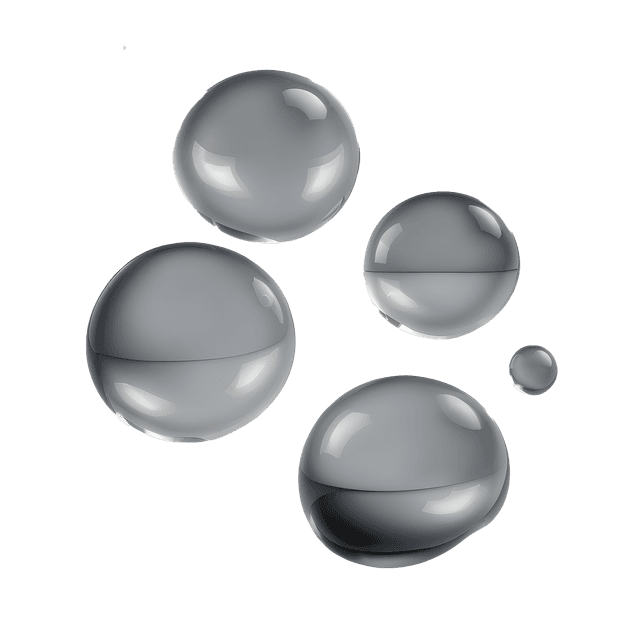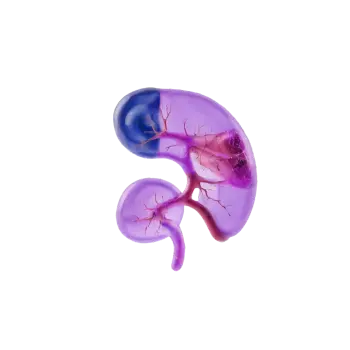What is Cystinosis?
Cystinosis is a rare hereditary disease that affects the body's ability to break down the amino acid cystine. As a result of a genetic mutation in the CTNS gene, cystine accumulates inside the lysosomes of cells. This accumulation forms crystals that damage the body's tissues and organs, especially the kidneys, eyes, muscles and thyroid gland.
What causes Cystinosis?
The disease is caused by a congenital mutation in the CTNS gene that leads to a deficiency of a protein called cystinosine. This protein is responsible for transporting cystine out of the lysosomes.
When cystine cannot be transported out of the cells, it accumulates in the form of crystals that gradually destroy the function of the cells. Cystinos is inherited in an autosomal recessive manner, meaning that both parents must be carriers of the mutation for a child to develop the disease.
Symptoms of Cystinos
Symptoms vary depending on age and severity of the disease. The most common form, infantile cystinosis, manifests itself in infancy, affecting the kidneys. Over time, other organs may also be affected.
- Kidney failure: Gradual deterioration of kidney function is one of the earliest and most serious symptoms.
- Eye problems: Cystine crystals can form in the cornea, leading to light sensitivity and discomfort.
- Muscle weakness: Over time, muscles can weaken, affecting mobility and coordination.
- Growth failure: Children with cystinosis often grow more slowly than other children.
- Hypothyroidism: Thyroid function may be affected, which can cause fatigue and low metabolism.
Diagnosis of Cystinos
The diagnosis is based on a combination of clinical symptoms, laboratory tests, and genetic testing. Early detection is important to slow the progression of the disease.
Relevant blood tests for suspected Cystinos
- Analysis of cystine in leukocytes is the most important blood test to confirm cystinosis. Elevated levels indicate abnormal cystine accumulation in the cells.
- Creatinineis used to assess the filtration capacity of the kidneys. Elevated creatinine may indicate kidney failure.
- Electrolyte analysis to rule out imbalances in sodium, potassium, calcium and phosphate can occur as a result of kidney damage and should be checked regularly.
- Genetic analysis - Confirms mutations in the CTNS gene and is used to confirm the diagnosis, especially in infants and in family studies.
Treatment of Cystinos
Cystinos is a chronic disease, but with the right treatment, the course of the disease can be slowed down and the quality of life improved. The goal of treatment is to reduce cystine accumulation and prevent damage to organs.
- Cystine binding drugs: Treatment with cysteamine reduces the amount of cystine in the cells and is the basis of treatment. It is taken several times daily, for life.
- Symptom-relieving treatment: Treatment of, for example, hypothyroidism, electrolyte disorders and growth retardation with hormones or nutritional support.
- Renal protective measures: Regular monitoring of kidney function and treatment with blood pressure medication if necessary.
- Eye drops with cysteamine: Used to dissolve crystals in the cornea and relieve eye problems.
- Transplantation: In severe kidney failure, kidney transplantation may be an option, but the disease often also affects other organs.
Follow-up and lifelong care contact
Individuals with cystinosis need continuous care follow-up with specialists in areas such as pediatrics, nephrology, endocrinology and ophthalmology. Regular blood tests and eye examinations are important to monitor the development of the disease and the effect of the treatment.

